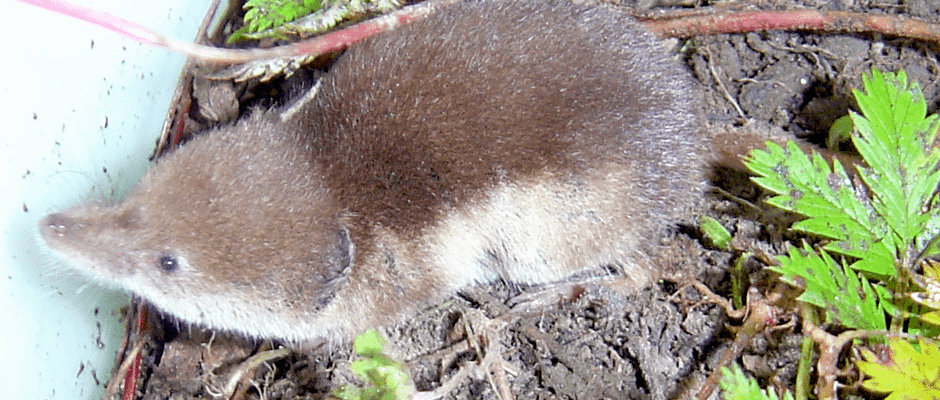Share this article
Shrews offer insight into ecological changes in warming Arctic
Parasites don’t get much respect, but researchers have found they can offer important clues about climate change. As Arctic temperatures warm, recent research suggests, parasites in small mammals such as shrews demonstrate that wildlife is moving northward, creating a more diverse and complex ecosystem as tundra species and forest species overlap.
Researchers examined shrews from Alaska and other northern regions and identified their parasites, such as tapeworms, to understand how changes in the distributions of these mammals due to the warming climate can drive changes in other groups of species. Alaska is mostly forested, but in the north, it supports open tundra with fewer species. Where forest and tundra meet, their communities mix. The interactions between mammals and their parasites could escalate due to climate change, said Andrew Hope, Research Assistant Professor with Kansas State University’s Division of Biology and lead author of the paper published in NOAA’s Arctic Report Card.
“Tundra species are retracting more slowly than the forest species, so this translates to an increase in overlap between those communities,” Hope said. “That means an increase in complexity of interactions. You get communities competing with each other, spreading parasites between each other and hybridizing if they’re closely related.”
Hope and his fellow biologists retrieved preserved shrew specimens, mostly spanning the last couple of decades, from museums and annually from remote field sites in Alaska and other northern regions. Matching the coordinates of where they found these animals and information from global climate databases, the scientists examined temperature and precipitation and modeled the distributions over time of the hosts and their parasites.
The findings showed forests and tundra communities shifting northward because of Arctic warming, said Hope. However, they did so at different speeds.
The researchers also observed parasites within shrews that are usually associated with birds, suggesting the potential for these parasites to utilize different hosts in order to reproduce and move across the landscape. Such dynamics have implications for the transfer of parasites among many species, including humans.
Shews carry many different kinds of parasites because they eat organisms such as insects, worms and spiders that are intermediate hosts in complex parasite lifecycles. Because shrews are some of the world’s smallest mammals, Hope said, little knowledge exists on the parasites inside their guts, which include tapeworms, roundworms, flatworms, viruses and bacteria. In their fur, shrews also harbor fleas, ticks, lice and mites.
“We’re using this group of organisms to understand generalizable processes that can be extended to look at other species that we can recognize and relate to more easily,” Hope said.
Because they’re small, abundant and widespread, he said, shrews are simpler to sample and transport than larger species, but their responses to climate change still provide insight into those at broader levels of biodiversity, from parasites to other rodents, birds and larger mammals. Additionally, the study highlights the value in archiving specimens over time, Hope said. Long-lasting, well-preserved samples from a wide range of locations and times are vital records of environmental trends.
“We’re asking questions now that are utilizing specimens that the people who collected them decades ago were never thinking of,” said Hope, who conducted the research with the U.S. Geological Survey. “We have a responsibility to do the same thing because we don’t know what’s going to be important in the future.”
Header Image: Tundra shrews are providing clues about the effects of climate change on species that live in the Arctic. ©Andrew Hope








